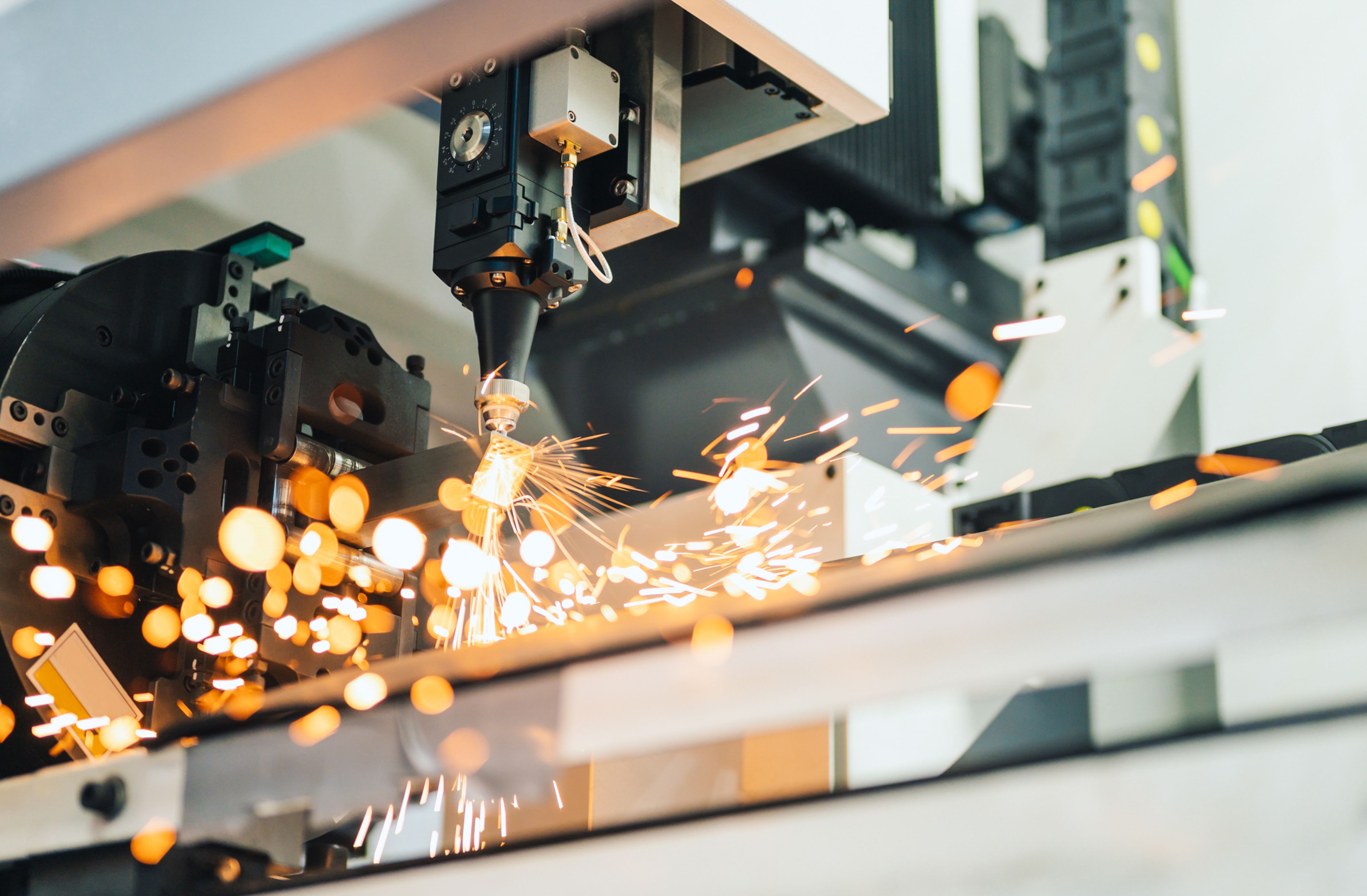Building a Legacy: Heritage, Service, and Innovation
RR
Understanding Heritage
Heritage is more than just a collection of traditions or artifacts; it is the very essence of our identity. It encompasses the values, beliefs, and practices handed down through generations. Embracing heritage allows us to connect with the past and build a foundation for the future. By understanding where we come from, we gain insights into who we are and where we are headed.
Preserving heritage involves both safeguarding tangible assets like historical buildings and intangible elements such as folklore and customs. This preservation is crucial in maintaining cultural diversity and fostering a sense of belonging within communities. It is essential for individuals and organizations to recognize their roles in upholding these traditions.

The Role of Service
Service is the heart of building a legacy. When individuals or organizations commit to serving others, they create lasting impacts that transcend time. Service involves addressing the needs of communities, whether through volunteer work, philanthropy, or innovative solutions to social challenges.
By prioritizing service, we not only improve the lives of those around us but also inspire future generations to continue this tradition of giving back. Organizations that embed service into their core values often find that it leads to greater employee satisfaction, customer loyalty, and overall success.
Service in Action
Examples of service-driven initiatives include community outreach programs, educational scholarships, and environmental conservation efforts. These actions demonstrate a commitment to making a positive difference and build a powerful legacy that resonates across generations.

Driving Innovation
Innovation is the catalyst that propels a legacy forward. It involves embracing change, seeking new solutions, and adapting to evolving circumstances. When organizations foster a culture of innovation, they position themselves to remain relevant and influential in their fields.
Innovation does not mean discarding tradition; rather, it involves integrating new ideas with existing practices to create something greater. This synergy between the old and the new ensures that a legacy remains dynamic and impactful over time.

Nurturing an Innovative Spirit
Encouraging creativity, investing in research and development, and supporting continuous learning are key components of nurturing innovation. By empowering individuals to explore new possibilities, organizations can harness their collective potential to drive meaningful change.
Whether through technological advancements, creative problem-solving, or novel business models, innovation is essential for building a legacy that stands the test of time. It ensures that the values and achievements of today will continue to inspire and influence future generations.
